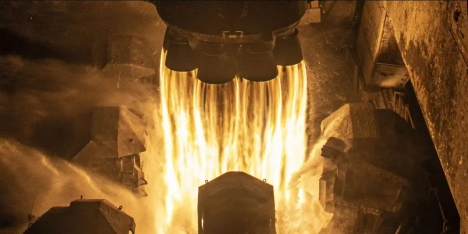Finding lubricants that work at exceptionally high temperatures challenges researchers and industries alike. Recently, a Virginia Tech team may have uncovered a promising candidate by happenstance: transition metal spinel oxides formed on nickel-chromium-based superalloys.
Unlike common lubricants that break down under high heat, spinel oxide maintains lubrication up to 700 degrees Celsius (1,292 degrees Fahrenheit) — that’s nearly as hot as a metal forge. Enabling metallic materials to withstand hotter temperatures could ignite a new wave of metals manufacturing for industries like aerospace and nuclear energy, which demand innovations in equipment that can withstand extremely high heat.


